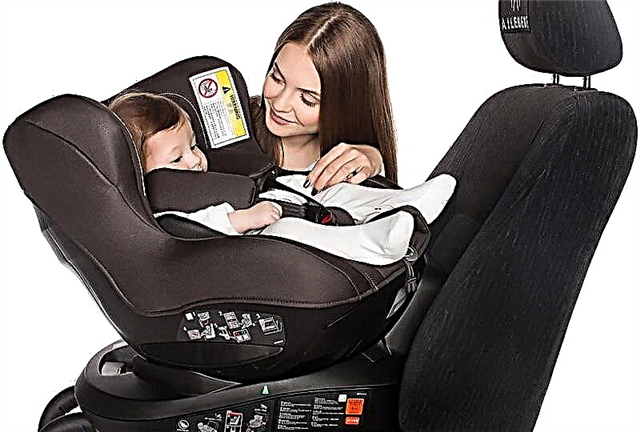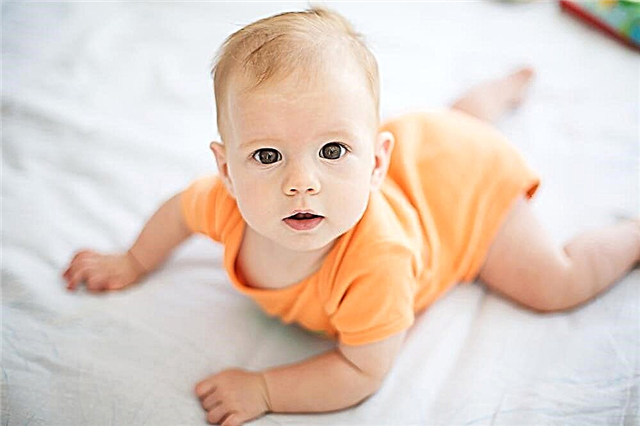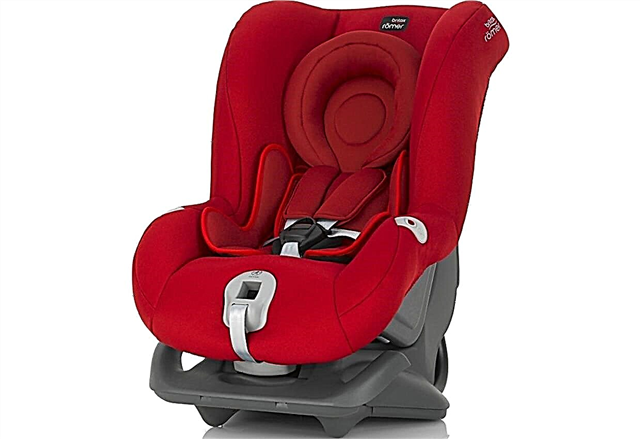In the summer, kids spend most of their free time on the street. For parents, there comes a difficult time when more and more often it becomes necessary to look into the home medicine cabinet. Active summer games are sometimes associated with unpleasant consequences - various injuries, abrasions, scratches and bruises. Let's take a look at the 8 dangers that children face during the summer break and find out how parents can protect their child.

1. Helmet for head protection
Accidental falls are the most common cause of injury in children. Usually children manage to get off with minor abrasions and scratches. Cycling and rollerblading, however, are activities that can cause children to bump their heads violently during a fall. A helmet can help reduce the risk of serious head injury by 85%. Make sure it fits your child's size.

Remind the children to use a helmet and other protective gear when cycling and inline skating. If you already have a helmet from last year, take a good look at it for cracks or breaks. A damaged helmet will no longer be able to provide reliable protection; it is better to buy a new one.
2. What is the condition of the children's sports equipment?
A helmet is not the only means of protecting a child during outdoor activities. Make sure all sports equipment is in good working order and is suitable for children. Kids grow up very quickly, so last year's bike or rollerblades may be too small for them. Before starting to use the bike again, inspect its frame for damage, adjust the height of the seat and handlebar to the child's height. It is also necessary to tighten the nuts and lubricate the moving parts of the bike. Make sure the roller skates don't get too small for your child.
3. How to avoid heatstroke and dehydration?
Although heatstroke is a great danger to children, it can be easily overlooked. During extreme heat, the child needs to replenish the loss of fluid in the body to avoid heatstroke. Remind the children to always take a bottle of water with them for walks. According to pediatricians, during active games you need to drink a glass of water every 20 minutes.

Light-colored clothing made from natural fabrics will help provide protection against heatstroke. It is imperative to wear a panama hat or a cap of light colors on your head. In order not to overheat, it is better to play in shady places during the heat.
4. Make chemicals and drugs out of reach
During holidays, children are often alone at home when their parents go to work. They have the opportunity to freely inspect every corner of the apartment. When playing researchers or scientists, there is a risk that children in their games may use various chemicals and medicines found at home. To prevent this from happening, it is better to block in advance access to toxic substances - detergents and cleaning products, insecticides, medicines.
Find a safe place to store chemicals where children cannot reach. It is better if it will be some kind of lockable cabinet, the key from which the parents must keep with them. It will not be superfluous to explain to the child how dangerous it is to play with toxic substances. Provide little experimenters with harmless materials for their games.
5. Keep your eyes on the water from children
Drowning is the second most common cause of death in children aged one to 14 years. This should get you thinking. It is your responsibility as a parent to teach your child how to swim. This is the minimum guarantee that, if something happens, the child can hold out on the water for some time until help arrives in time. Even if your child is a great swimmer, you or the caregiver should be there at all times and keep your child in sight.

Adults are obliged to tell the child how to behave near the pond and in the water, explain why it is dangerous to indulge in while swimming. Children should not be allowed to swim in unknown bodies of water, unequipped beaches, or swim behind the buoys.
6. Is your first aid kit in order?
Before the summer holidays start, you should check your home medicine cabinet to see if it has everything you need. We recommend that you consult a pediatrician which means and drugs you must have on hand, since the same driver's first-aid kits are not always equipped with what a child may need. If your child is suffering from a special medical condition, make sure you have first aid in an emergency.

Do not forget to update your existing first aid kit - review all medicines, removing those that are expired, and buy new ones instead. Check if the instructions for the available drugs have been preserved, they should always be in the drug packaging.
7. Protect your child from insects
Until a few years ago, insects did not create as much inconvenience as they do now. Due to the mutation of viruses carried by insects, even mosquito bites are increasingly accompanied by severe allergies and swelling. What can we say about the bites of midges, wasps, and even more so, ticks, which pose a serious danger - after all, these insects can cause a fatal disease - encephalitis. To protect children from tick bites when walking in wooded areas, wear closed clothing and a hat. Returning home, carefully examine the head and body of the child for signs of bites. Some spiders and caterpillars are also dangerous - they release toxic substances along with mucus.

Good protection is provided by insect repellants - sprays and creams that repel insects. Do not overdo it for children, they are chemicals after all. Repellents are produced in various concentration levels - 10% and 30%. Their difference is not in the effectiveness of a spray or cream, but in the duration of action. If you go for a short walk, use repellents at 10%, they work for 2 hours, while 30% sprays can last up to 5 hours. Children prone to allergic reactions are not advised to apply such chemicals to their skin, so it is better to use natural remedies - lemon, eucalyptus, cloves or lavender. Insects cannot stand the smell of these plants.
8. Sunburn

From 10 am to 4 pm, the sun's rays are especially active. Prolonged exposure to them can lead to severe burns, especially in early June. To protect the delicate skin of your children from them, try to choose the right clothes - give preference to natural fabrics - cotton, chintz. It's good if the outfit covers most of the body. A panama or hat is required. Sunscreens should not be neglected either. Use baby creams with SPF 15 or higher every 2 hours.



